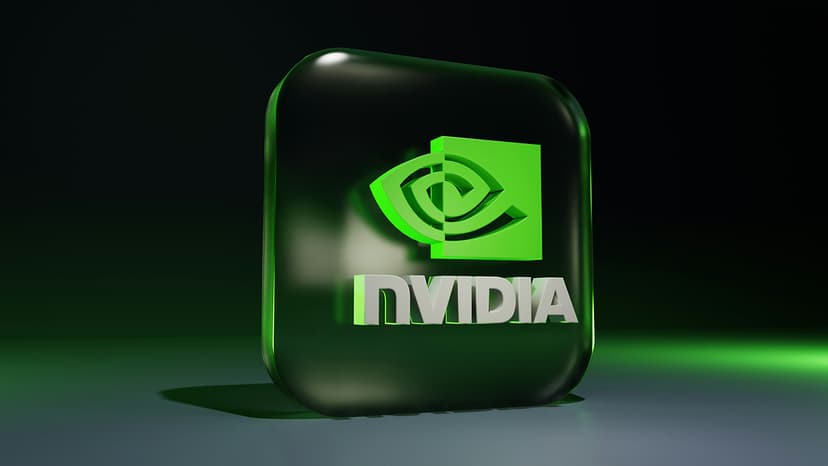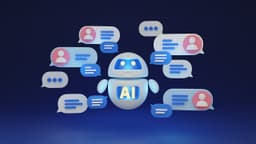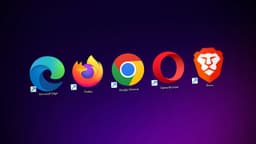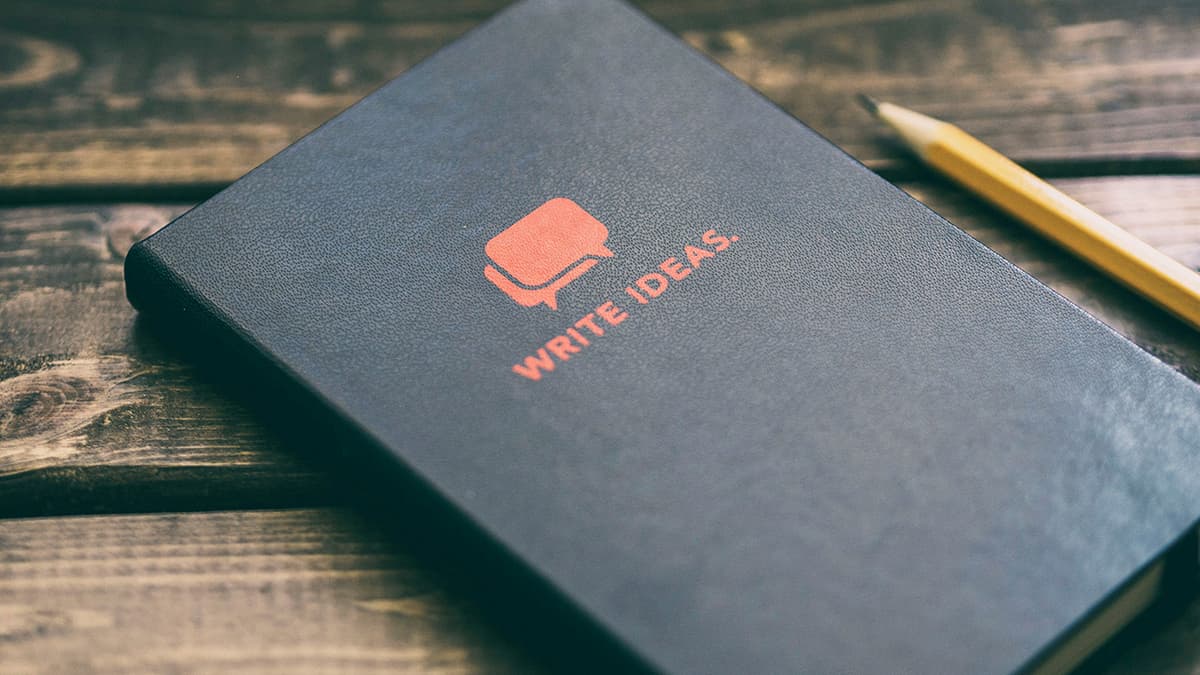Exploring the Potential of AI-Generated Content in K12 Education
Artificial Intelligence (AI) is reshaping countless aspects of our lives, and education is one of them. In the field of K12 education, AI-generated content holds a treasure trove of potential to transform the learning experience for both educators and students. This article explores various ways AI-generated content can be utilized in K12 education to make learning more engaging, efficient, and personalized.
Personalized Learning Experiences
Every student has unique learning needs and styles. One-size-fits-all teaching methods often fail to address the diversity in a classroom. AI-generated content can create personalized learning paths tailored to individual students. From recommendations on what topics a student should focus on to personalized exercises based on their progress, AI can significantly enhance personalized learning.
For instance, platforms like Khan Academy can integrate AI to generate practice exercises that suit a student’s proficiency level. This ensures that each student is neither overwhelmed nor under-challenged, making learning more effective.
Automated Grading and Feedback
Grading assignments and providing feedback can be a time-consuming task for educators. AI can automate this process, allowing teachers to focus more on teaching. AI-generated content can go beyond simply grading multiple-choice questions. It can evaluate essays, provide constructive feedback, and even suggest areas for improvement.
For example, an AI tool can analyze a student's essay to provide an initial score and highlight areas lacking clarity or organization. This helps students improve their writing skills much faster than waiting days for a teacher to review their work.
Interactive and Engaging Lessons
Creating engaging and interactive lessons is a challenging task. AI can assist by generating multimedia content such as interactive quizzes, videos, and even virtual reality experiences. These engaging formats can make complex topics more understandable and maintain student interest.
Imagine a history lesson where an AI creates a virtual reality tour of ancient civilizations or a science class where students can interact with 3D models of cells. These experiences can make learning more immersive and memorable.
Real-Time Data and Insights
AI can gather and analyze data in real-time, providing insights into student performance and learning patterns. This can help teachers identify students who may need additional support. For instance, if an AI detects that a student frequently struggles with a particular type of math problem, it can flag this to the teacher and suggest additional resources to help the student.
Instruments like this can also help in creating adaptive assessments that adjust their difficulty level based on the student's performance, ensuring an accurate measure of their understanding.
Creation of Study Materials
AI can generate study guides, flashcards, and summaries tailored to the curriculum and the student's needs. This helps students review and understand the material more effectively.
For example, an AI could create summary notes from a complex science text, highlight key points, and generate flashcards for important terms. This frees up time for students to engage in actual learning rather than merely organizing their studies.
Language Translation and Support
In diverse classrooms, language can often be a barrier to effective learning. AI-powered translation tools can generate content in multiple languages, making learning materials accessible to non-native speakers. Additionally, AI can assist students in language learning by generating grammar exercises, conversation practice scenarios, and immediate feedback.
Platforms like Duolingo are examples of how AI is already making language learning more accessible. Applying similar AI tools in classrooms can break down language barriers and promote inclusive education.
Enhanced Creativity and Critical Thinking
AI can encourage creativity and critical thinking by generating prompts for stories, essays, or projects. Rather than giving students straightforward questions, AI can pose open-ended questions or scenarios that require deeper thinking and creativity.
For instance, an AI tool could generate a creative writing prompt like, “Imagine a world where gravity works differently. Write a story about the daily life of people in this world.” Such prompts can excite the imagination and foster innovative thinking.
Administrative Efficiency
Beyond aiding directly in teaching, AI-generated content can streamline administrative tasks. Automating the creation of schedules, reports, and even communication with parents can save time for educators and administrators.
AI can generate parent report summaries, highlighting a student's achievements and areas for improvement. This ensures that parents are kept in the loop with accurate and timely information about their child's progress.
Professional Development for Teachers
AI can assist in the continuous professional development of teachers. It can generate customized training materials based on the latest educational research and trends. Teachers can receive instant access to resources that help them stay updated and improve their teaching strategies.
For example, AI can recommend articles, books, or courses on new teaching methodologies, giving teachers the tools they need to enhance their effectiveness in the classroom.
AI-generated content offers numerous possibilities to enrich K12 education. From personalized learning experiences to automated grading, and from interactive lessons to administrative efficiency, the potential is immense. As AI continues to evolve, its integration into education will likely become more seamless and beneficial, making learning a more dynamic and tailored experience for every student.
The future of AI in education is bright, and its potential to revolutionize learning is just beginning to unfold. Embracing these technologies can open doors to more innovative, inclusive, and effective education systems.












